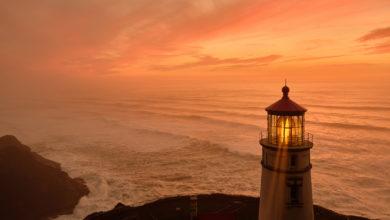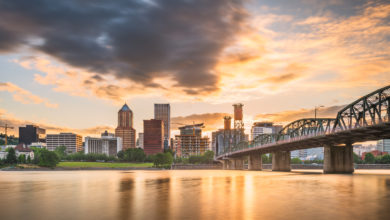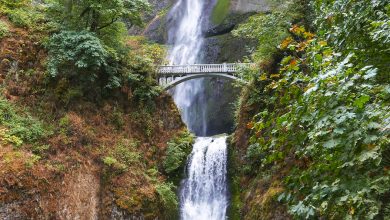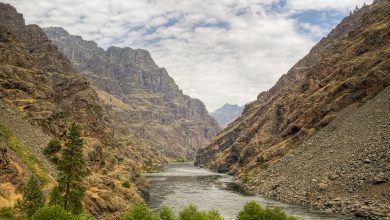Need a Break? Check Out These Oregon Day Trips
Five of the best locations for a day trip in the Beaver State
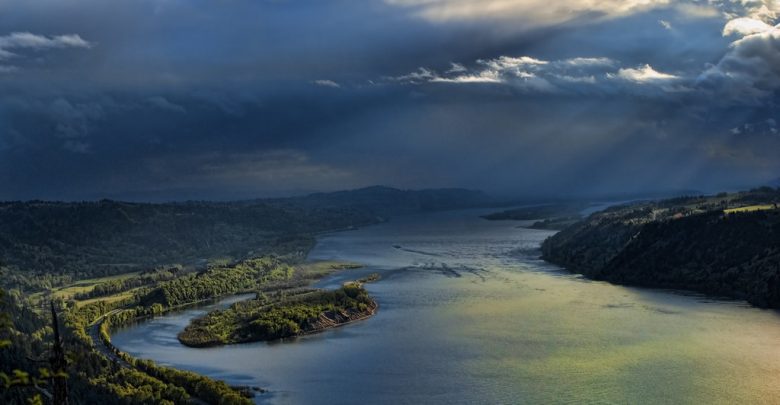
Oregon has some of the most spectacular natural wonders in the United States. Many places are the perfect spot to take a day trip to kick back and reconnect to nature. Whether you are a looking to sampling local wines to marveling at the panoramic views of the ocean, here are the best day trip locations for you to enjoy in the Beaver State.
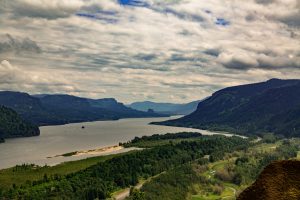
Columbia River Gorge
Columbia River Gorge is one of the most spectacular scenic spots in Oregon. If you are looking for a place to spend some time in nature, you cannot beat this day trip. The Columbia River Gorge National Scenic Area is the largest designated scenic area in the United States. Many visitors take to the water for whitewater rafting, kiteboarding, and kayaking. The Hood River is also known as the windsurfing capital of the world. The Columbia River Gorge is the home to over 70 different waterfalls in the area, and many of these waterfalls are accessible to the public. If you prefer to travel on foot, you can experience the beauty of the waterfalls from many of the trails.
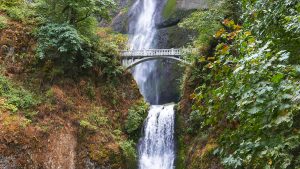
The most famous of all the waterfalls is known as Multnomah Falls. Over two million visitors travel to the 620-foot spectacular fall, and for this reason, it is the number one natural attraction in Oregon. Hikers will want to check out the native wildflowers in the Rowena Crest area or take the challenge and travel up Dog Mountain. The Dalles and Post Canyon both have an extensive network of trails for those wanting to explore by mountain bike.
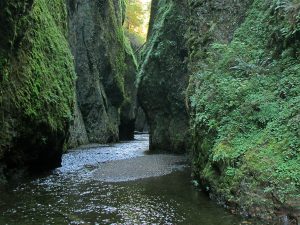
If you are looking to see more waterfalls and don’t mind an intensive hike, you can get another opportunity at Oneonta Gorge. The 2.7-mile hiking trail loops through the moss-covered caverns behind Ponytail Falls. From this vantage point, you can see the backside of the waterfalls. If you are looking to stay dry, you may be out of luck. Many explorers have to navigate through water and logs to get to the path. If you want to avoid wading through streams, the best time to go is late summer. For those who don’t want to take a dip in the water, Triple Falls is another location nearby the hiking loop. You can see three waterfalls side-by-side with cascades over 120 feet.
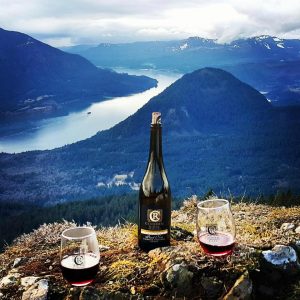
The Columbia River Gorge area is more than spectacular scenery. For those wanting to get a taste of the regional food, there are plenty of fresh dining options and hand-crafted breweries. The Columbia River Gorge area is famous for their selection of pinot noir to chardonnay.
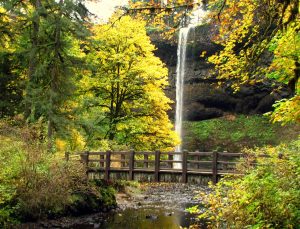
Silver Falls State Park
Oregon has many state parks throughout the state. If you are looking for the biggest area of protected land, you need to head over to Silver Falls State Park. This park is home to several waterfalls in the area, and you can view ten of them on the Trail of Ten Falls. One of the most famous waterfalls is known as the South Falls. From the moderate hiking trail, you can view this 177-foot waterfall as the falls as plunges into the pool. Silver Falls has many woodland paths for the whole family to explore. Bring a picnic lunch or even use one of the barbecue grills on site. For those with four-legged friends, there is also an off-leash area for your dog to run around.
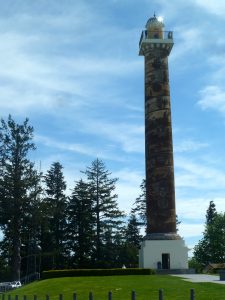
Astoria
Along the scenic Highway 101, lies the town of Astoria at the mouth of the Columbia River. This town can be reached from several communities, including the metropolis of Portland. Astoria is full of small seaport charm and history. It was a stop on the Lewis and Clark expedition, and for those looking to get a glimpse of the past, you will want to check out the Astoria Column. This hilltop monument offers visitors panoramic views of the port, along with murals outlining the rich history of the city.
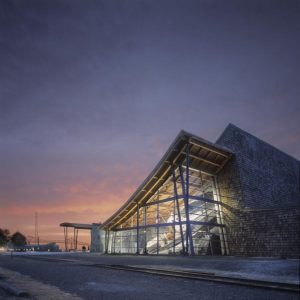
Located near the waterfront, the Columbia River Maritime Museum has exhibits on the military, fishing, and shipping history of the area. The Flavel House Museum is a preserved home in the Queen Anne-style Victorian mansion with period furnishings and well-manicured landscaping. You can hop on the Astoria Riverfront Trolley for an hour-long trip throughout the town.
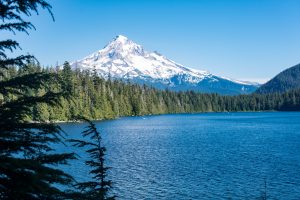
Mount Hood
Mount Hood is the top spot for those wanting to hit the slopes. One of the highest peaks in the state, Mount Hood’s snowcapped tops calls out to everyone from city dwellers to suburban families.

The Timberline Ski Area remains open throughout the year, and it is the only year-round resort with a lift. For this reason, Timberline is popular with visitors and residents looking to ski down the mountain as it offers a spectacular view of the Southern Cascade Mountains. There are five other ski areas opened to the general public. One of the least busy areas is near the Mount Hood Scenic Byway Area. You can hike one of the trails and experience the beauty of nature without all the crowds. The Mount Hood National Forest area has plenty of natural landscapes like creeks and meadows, along the various hiking trails. For a change of pace, you can even hit the links at the 27-hole golf course.
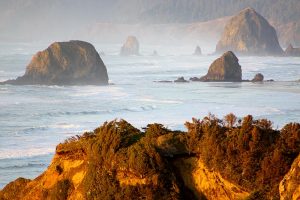
Cannon Beach
Cannon Beach is a small coastal city along the northwestern Oregon coastline. This city is well-known for its miles of shady shores and scenic trails. At Ecola State Park, you can get a perfect vantage point of the lighthouse. If you want to traverse the natural landscape, the marked paths lead you through the old-growth forests to some of the best panoramic views of the Pacific Ocean. One of the most popular spots in Cannon Beach is at Haystack Rock. This massive rock is the seasonal home and refuge for the Tufted Puffins in the spring and summer. Acadia Beach is more geared for families with tide pools and a small picnic area. If you want to see a bit of history, the Tillamook Head Trail is the same route the Lewis and Clark traveled during their expedition. Finally, the spring and winter seasons are the best times to see whale migrations. During the peak season, you can spot around 18,000 Gray Whales swimming off the waters of Cannon Beach.

